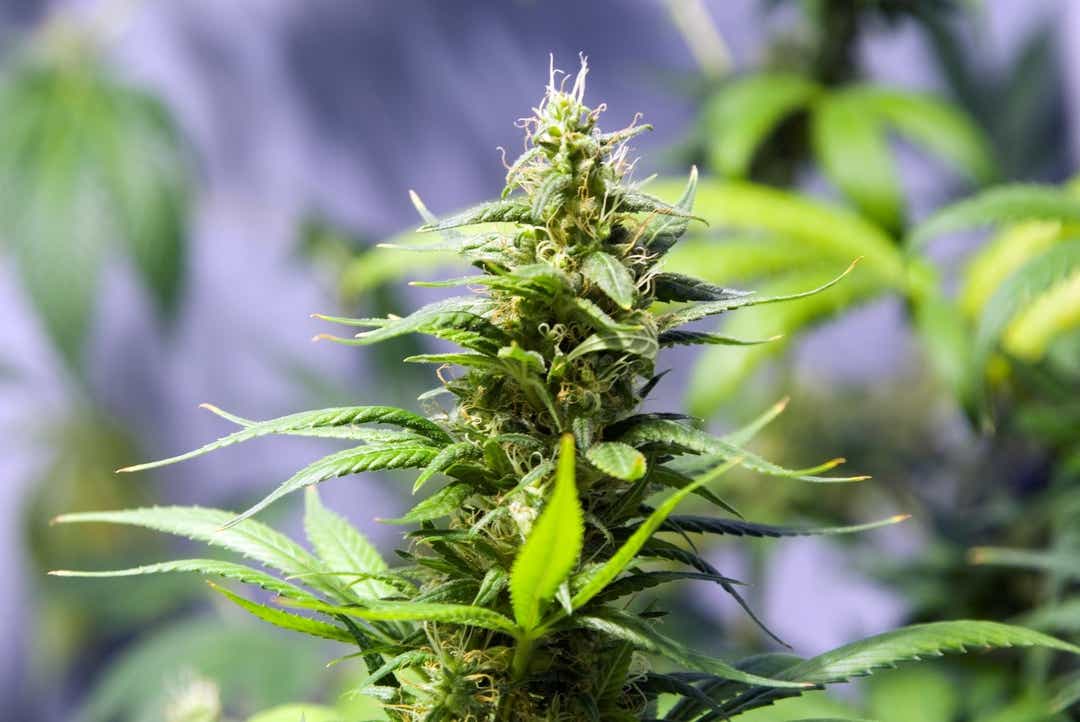
With legalization in Colorado, cannabis has not only become more socially acceptable, its cultivation and production have gone from being flat-out illegal to a regulated sector of the agricultural economy. And while some of the same rules and regulations apply to cannabis as to food, because of the variety of ways the plant is consumed, it can get complicated.
Choice Organics’ head grower Andy Weyers and his team produce about 15 to 20 pounds of flower per week, supplying 70% of the dispensary’s medical product and 10 to 15% of its recreational product. They follow organic principles and are considered 25B exempt by the Department of Agriculture. That means they don’t use any inputs, pesticides or fertilizers that have been found to be harmful in humans in any way.
Pesticides and cannabis
The potential dangers of consuming pesticides are well documented, and the Colorado Department of Agriculture and Marijuana Enforcement Division have a large list of products that cannabis growers can use. However, many of the products, though technically safe, have poorly understood residual effects and behave differently when the plant they’ve been sprayed on is burned or combusted.Further testing is underway to improve knowledge about the pesticides and how they could affect consumers.
Because many pesticides have residual effects on the plant, responsible growers must stick to a careful schedule. However, “the spraying of pesticides isn’t super regulated,” says Weyers.
“The Department of Agriculture is doing its best, but it’s up to the grower to make a decision.
You need to read those regulations carefully.” In addition, standard agricultural pesticides perform differently when they’re burned or combusted.
Weyers places top priority on safety for the plants he grows and the product that the dispensary purchases wholesale. He avoids spraying within a few weeks of harvest and only uses products that are safe for humans at all levels.
As a buyer, he relies on relationships with growers he trusts. On the medical side, the majority of product is organic; on the recreational side, because of the quantity sourced, this is more difficult.
Still, Weyers is invested in making sure the product is safe and top notch. “I learn their practices, and make sure what I bring in won’t have residual pesticides,” he says. “Some products might have some non-organic inputs, but I’m confident they use pesticides properly… Anything with the Choice Organics label will be pesticide-free and have no inputs that are considered hazardous to humans.”
Weyers believes that the industry’s strict regulations and growth of testing will benefit the industry by protecting workers and consumers from unsafe exposure. Still, he urges customers to be diligent.
Take the time to read product labels and, when in doubt, ask your bud-tender for clarification.
Feeding the plants
For Weyers, growing green isn’t just about how one handles pests. It’s also a philosophy that looks to the wellness of the plants and the bigger system of which we’re all a part to produce the highest quality product. He uses microbial inoculations and raw inputs as much as possible, reuses soil (since it’s contaminant-free), and chooses products that have a minimal carbon footprint.“Instead of just relying on nutrients, I’m creating a food web of microbes breaking things down and making nutrients available to the plant. When you’re force-feeding a plant, you’re telling it to grow at a certain time. Then you need to flush its system. We’re different because we let the plant uptake nutrients when it wants them,” he says.
This process can take extra time and it doesn’t produce what Weyers refers to as “cookie cutter buds,” but he believes it produces a superior product. He says each plant reaches full genetic expression, the slow curing process helps it retain more flavor and the lack of a flush keeps the plant nutrient-rich.
“We’re giving control back to nature in a more fluid rather than forced way,” says Weyers. “I try to put out the best product I can, and sometimes that means there’s less of it in the end, but it’s going to be a higher quality, and a little bit more health conscientious.”

No comments:
Post a Comment